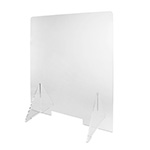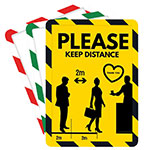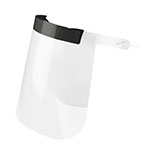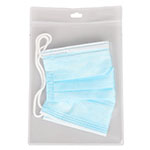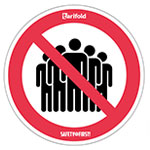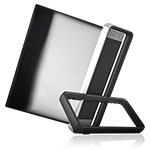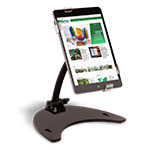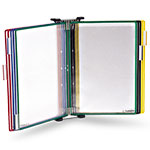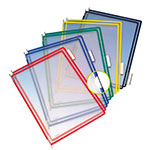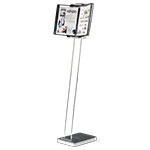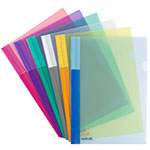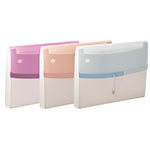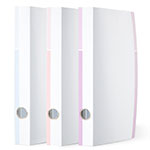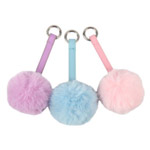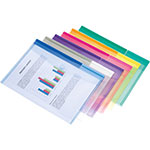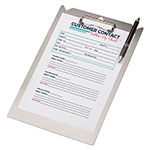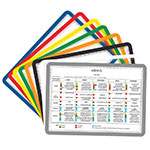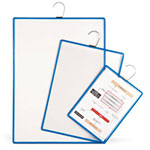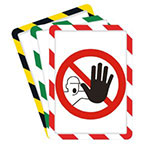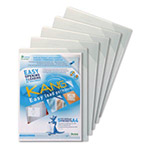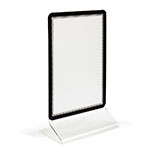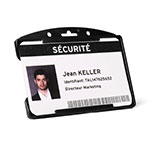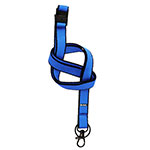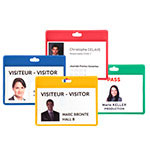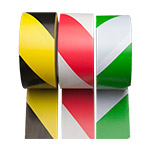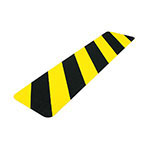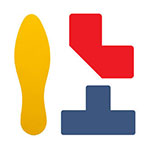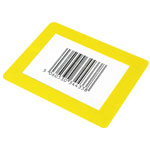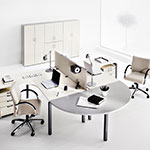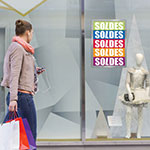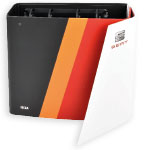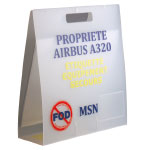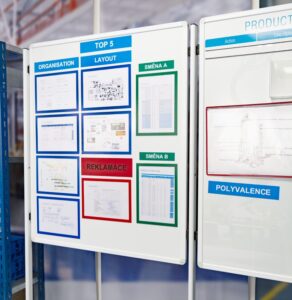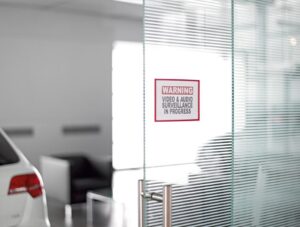As seen in the article titled “Internal communication in companies: a factor of productivity and team commitment”, good internal communication is essential in companies for three main reasons: information transmission, corporate loyalty and motivation.
This article will present some of the tools which can help to correctly relay information. These tools will be classified according to their channel: print, signage, digital, face-to-face or other.
The article will be divided into 2 parts:
Information relay tools – Part 1: Signage and Print channels
Information relay tools – Part 2: Digital, Face-to-face and Other channels.
Print communication is privileged to give access to information to people who do not have regular access to computers and digital content.
Corporate newspaper
The company newspaper is intended for employees only. It presents various information related to the performance and life of the company. Although it looks like a newsletter in the information provided, it is more complete, more structured and more collaborative.
The company newspaper can be intended for several different targets: the group, the company, a department (HR, production…) …
Its objectives are to:
- Inform on the evolutions, successes, failures and social life of the company (market competition, reject rates in production, corporate partnerships…)
- Accompany and explain corporate changes (new IT system, new premises, new structure, etc.)
- Federate employees around company projects or issues
- Strengthen corporate culture
- Promote employee value
- Strengthen employee commitment
It is recommended to publish a balanced content, between information purely dedicated to the company and information dedicated to employees.
To maintain a certain structure, the company newspaper can be divided into sections. Some examples of content are:
- Editorial: introduction by the company’s management
- Activity report
- Market review
- New product launches
- News related to human resources (arrivals, departures, skills upgrades, etc.)
- Spotlight on a department or business unit of the company
- Corporate events (trade shows…)
- Interviews: employees, customers, suppliers, partners
- Employee focus (who they are, what they do in the company, their passions, interests, culture…)
- Classified ads and sharing of advice, good deals and tips between employees (ex: childcare, carpooling…)
- Games (sudoku, crosswords…) (source)
Thus, it is important to remembered that, to be read, a company newspaper must alternate text and images (or other formats, such as graphics).
Welcome booklet
The welcome booklet, which is sent to new employees upon arrival in the company, indicates essential information and internal workings of the company to ensure quick assimilation.
It is often divided into sections. Here are a few examples:
- Introduction by Management with a word of welcome
- Presentation of the company: strategic axes, market, products, current projects…
- History of the company
- Corporate missions and values
- Introduction to Security and environmental protocols
- Practical information: access map, parking, working hours, transportation, company restaurant, IT access, information systems…
- Organizational chart with photographs
- Company internal regulations and collective labour agreement
- Security Information
- Employee Representative Bodies
- Phone directory (source)

A memorandum
This is official information, written by the Head of a department or General Management. Memoranda or Memos are useful for giving instructions, detailing a new or changing a current process or procedure, bringing attention to or solving problems, informing about new information like policy changes, price increases, persuading the reader to take an action, such as attend a meeting. It is therefore intended to be clear, precise and short.
The memo usually includes the following statements:
- The company’s letterhead
- The mention “memorandum” with the order number
- The contact details of the sender
- The contact details of the recipient(s)
- Place and date of issue
- The object of the memorandum
The name and position of the signatory. (source)
Signage
Signage can transmit temporary, renewable or permanent information.
Temporary
Temporary signage is used to communicate any information that has a limited lifespan and is not included in a category predefined by the company.
In terms of content, this may include:
- Professional events (participation in trade shows, organization of conferences, workshops…)
- Internal events for staff (work council outings, contest between staff members to win something, travel…)
- Information about bonuses
For staff events, a colourful and original signage pocket to enhance the message can be used. The signage pocket can be either magnetic or with repositionable adhesive (permanent adhesive is not recommended). The format should be at least A4 or even A3 for high visibility of the information. Plus, the design of the poster should be striking and original, to catch the eye and ensure maximum retention.
For professional events, the same type of signage pocket can be used but the preferred format would then be A4.
Renewable
Renewable signage has the advantage of providing a structure for the information displayed. Employees know where to look for information based on its type: information can be categorised on a communications board for example, enhanced through framing or even colour coded.
Examples of content for renewable signage:
- General company performances (turnover, acquisition of a customer, acquisition of a contract, order for a larger amount than usual…)
- Performance indicators for each department (sales: number of customers, amount of orders, upcoming trade shows; production: reject rate, time used to manufacture product X, downtime, etc.)
- New employee arrivals and departures
- Eemployee skill improvement
- New product launches
Colour display frames are ideal for such situations. The display frames can be either magnetic or with repositionable adhesive to fit with white or glass board displays. The format should be at least A5 or better yet A4 to A3. In addition, information can be constructed following time-saving and easily updatable templates adapted to the different information categories.
Zoom on digital signage
Digital signage is a communication tool that allows the spread of information, in the form of multimedia content, in high-traffic areas, and usually on a large screen.
This display solution allows for widespread distribution, on multiple connected screens, of the same information. Digital signage is a living dynamic media ideal for the temporary and renewable display of information, not for permanent information signage.
Firstly, it is practical and saves time for large companies, which no longer have to send employees around to manually renew their signage. Secondly, information is almost instantaneously updated at a distance. This technology however can represent a high investment for companies.
Moreover, it should be noted that important information can easily be drowned out amid all the information transmitted by the digital display. Plus, it is often not possible to pause the screen to read a subject in its entirety. Passers-by do not have a lot of time to read information. Therefore, it must be more concise, dynamic and eye-catching than for a paper display.
Permanent
Due to legislation, it is compulsory to permanently display certain information within the company.
In France, the following information requires permanent display:
- Labour inspectorate rules
- Telephone reception service
- Occupational medicine information
- Safety, fire and danger zone warning signage
- Collective employee working hours
- Weekly rest days
- No smoking signs
- No vaping signs
- Single occupational risk assessment document
- Union signs (under conditions agreed with the employer).
For safety-related information, it is preferable to use a frame display pocket to ensure the longevity of the signage. Using a “safety” colour can be beneficial to ensure quick recognition and comprehension of the information. In addition, a minimum A4 format is recommended for readability of the information.
Official documents are often designed on the company’s official letterhead with respect to the graphic charter. This does not leave much creative freedom when designing the medium. Nevertheless, care must be taken to ensure the information can easily be read. (source)

